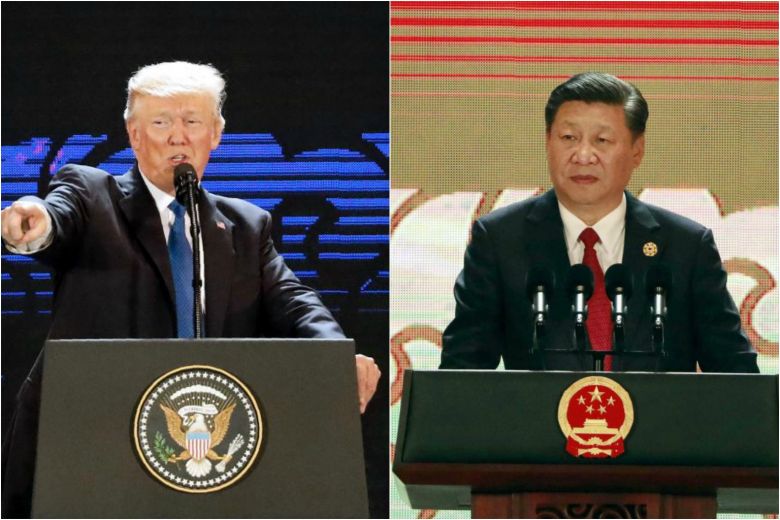The United States is following on the promises of becoming the umbrella along with its Quad partners Australia, India and Japan to provide a space for like-minded countries looking for ways to maintain the multi-polar world order where no one country could even dare to single-handedly jeopardize the free and open international waters and common lines of international trade. The US, keeping up with its promise, in what is supposed to be a bipartisan effort, is all set to authorise the establishment of a USD 2.2 billion Pacific Deterrence Initiative, aimed at enhancing America’s deterrence and defence posture; increasing readiness and capability in the Indo-Pacific region; and deepening cooperation with allies and partners including India, Australia and Japan, amid China flexing its muscles in the region.
If the commencement of the Malabar exercise was considered the unofficial coming together of the Quad members in an undeclared military alliance, the latest step by the USA to create a Pacific Deterrence Initiative is the last vital step to create a solid, well-funded institution to be the node of all operations in the Indo-Pacific. If one connects the dots, it becomes obvious that the initiative will be the epicentre for all quad action.
Read more: The Quad turns into a military alliance as India invites Australia to the Malabar Exercise.
According to the summary of the “William M. ‘Mac’ Thornberry National Defence Authorization Act for Fiscal Year 2021” released by the Senate Armed Services Committee and mentioned in DH, the conference report authorises more than USD 135 million above the President’s budget request for the Army’s Multi-Domain Task Force deployment to the region, the Mission Partner Environment, Joint Task Force Indo-Pacific, Counter-Terrorism Information Center, Joint Interagency Task Force-West, and military construction planning and design.
The summary also mentioned, “The newly established PDI will enhance budgetary transparency and oversight – ensuring that available budgetary data is organised according to regional missions and combatant command priorities to best assess NDS (National Defense Security) implementation.”
This is even a bigger initiative than what the bipartisan ARIA legislation ever was. That was just basic legislation, promising the US commitment to East Asia and the securitisation there. However, the current initiative is the whole package. It includes the financial requirement, the military requirement and also factors in the need for increasing the infrastructure push to support and sustain the Quad as an organisation that can police the Indo-Pacific and manage the trade and commerce as well as the security situation in the aforementioned region.
This is in line with the multiple developments in the Indo-pacific region, including the efforts by the other three quad members to bring in the other like-minded countries into their fold. The initiative will give impetus to India, Australia and Japan to keep up their efforts to contain China and will increase the US engagement too. This has got Beijing scared, as it was not ready for such a high level of consolidation in such a short time. Now the policymakers and promulgators in Beijing are running helter-skelter to make sense out of these developments.
